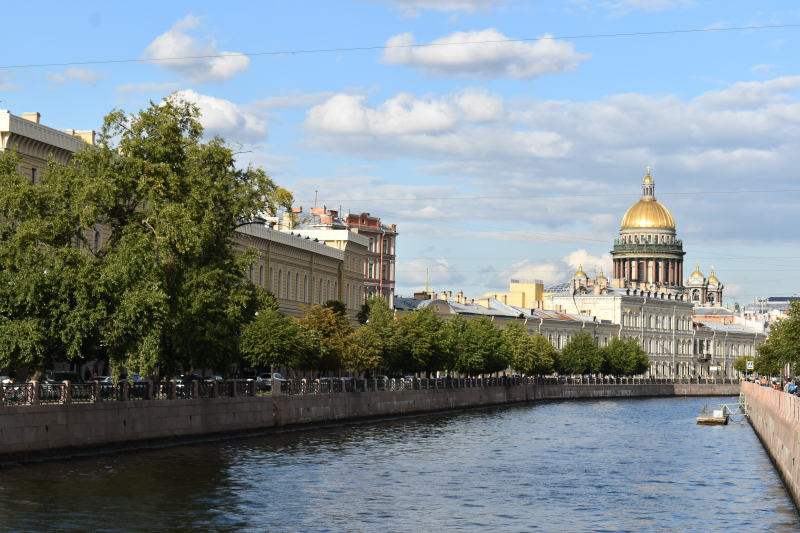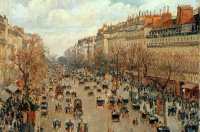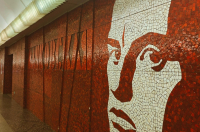Through the lens of history
Ever since its founding in 1703, St. Petersburg has played a vital role in Russian history. The city was the Russian Empire’s capital for over 200 years and showed the revolutionary spirit and heroism of its residents during the Siege of Leningrad in World War II. It has always been and still remains a magnet for the brightest minds, tourists, and culture lovers.
Being a modern bustling city, St. Petersburg has lost none of its historical, architectural, and artistic appeal. You can still sense its glory, grace, and heroism while walking down Nevsky Prospect and remembering the city’s prominent names – Domenico Trezzini, Mikhail Lomonosov, Pyotr Tchaikovsky, Karl Fabergé, Nicholas Roerich, and many others. Every nook and cranny of St. Petersburg has a story to tell – from the day when Peter the Great laid the first stone to the new millennium.
Cultural legacy
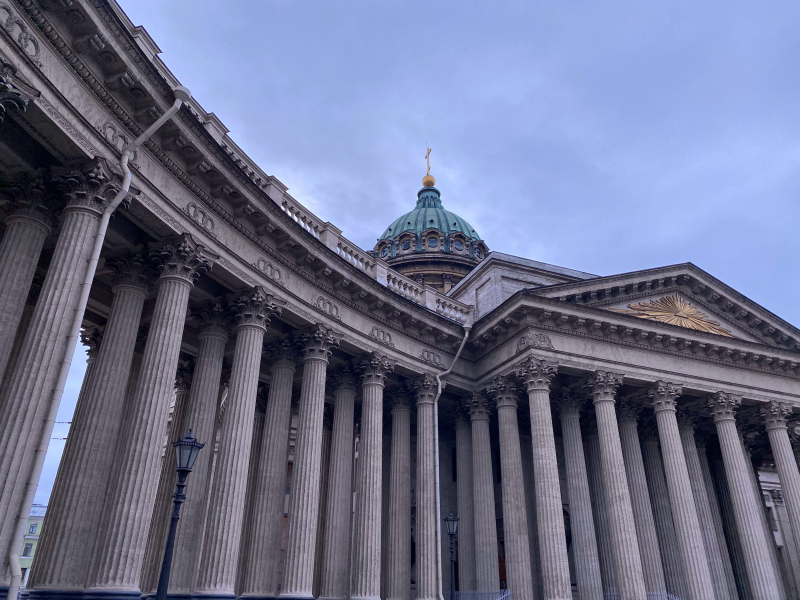
Credit: Sofya kruglova (@sony_kr) on Unsplash.com
St. Petersburg’s architectural gems transformed the city into an open-air museum, fusing Baroque, Neoclassical, and traditional Russian-Byzantine influences. Not just part of the city, but the whole historical downtown, coupled with the magnificent suburban palace-and-park ensembles are protected by UNESCO. Among the few other cities that share the same privilege are Venice, Rome, and Paris.
Artistic side

Credit: Michael Afonso (@mafonso) on Unsplash.com
Very few cities in the world can boast so many architectural and artistic treasures. There are over 221 museums (the State Hermitage Museum being the largest), 2,000 libraries, more than 80 theaters, 100 concert halls, 45 galleries and exhibition halls, 62 cinemas, and around 80 other cultural establishments. The city annually hosts around 100 festivals and various art and culture competitions, including more than 50 international ones. Over 250 Russian and foreign films were filmed in St. Petersburg, not to mention the countless others that feature the city and its inhabitants.
Education and science

Credit: Iñaki del Olmo (@inakihxz) on Unsplash.com
St. Petersburg is rightly called one of Russia’s scientific centers, with every seventh Russian researcher working at one of the city’s science and education institutions. It’s home to many universities, with over 100 institutions of higher education and about 300 research centers. Many of them are internationally recognized with some of their graduates being outstanding scientists and inventors and prominent figures in science, education, and culture.
Religion
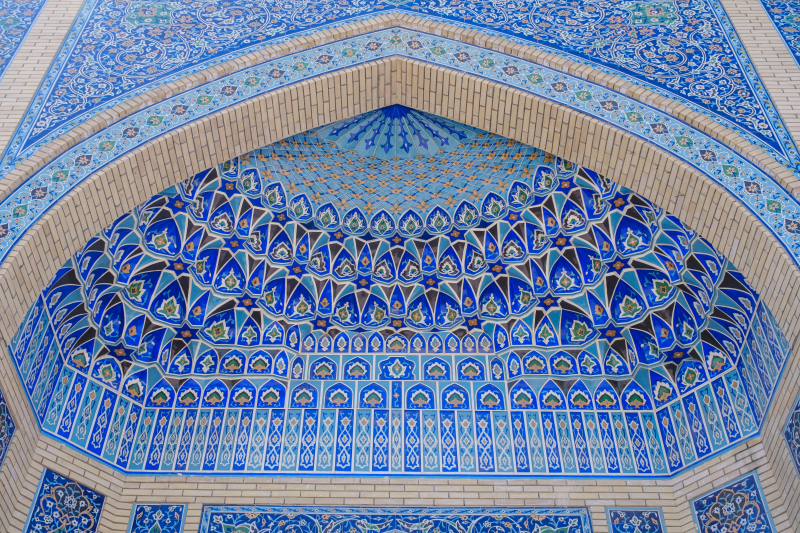
Credit: Farhodjon Chinberdiev (@far5n10v) on Unsplash.com
From renowned monuments like St. Isaac’s Cathedral to authentic local chapels, St. Petersburg’s holy places are extraordinarily varied and often spectacularly beautiful. For such a relatively young city, it boasts a wealth and diversity of religious buildings, including a number of Orthodox, Catholic, Lutheran, and Protestant churches, mosques, synagogues, and a Buddhist temple – all right in the very heart of the city.
St. Petersburg is a fine example of Northern European refinement and the breadth of the Russian soul. The charm of the city’s world-class museums, its thriving community of artists, the famous operas and ballets, and so much more will quickly find a special place in your heart.
If you’d like to learn more about our beautiful city and Russian culture, check out our Experience SPb and Russian Culture stories as well.
